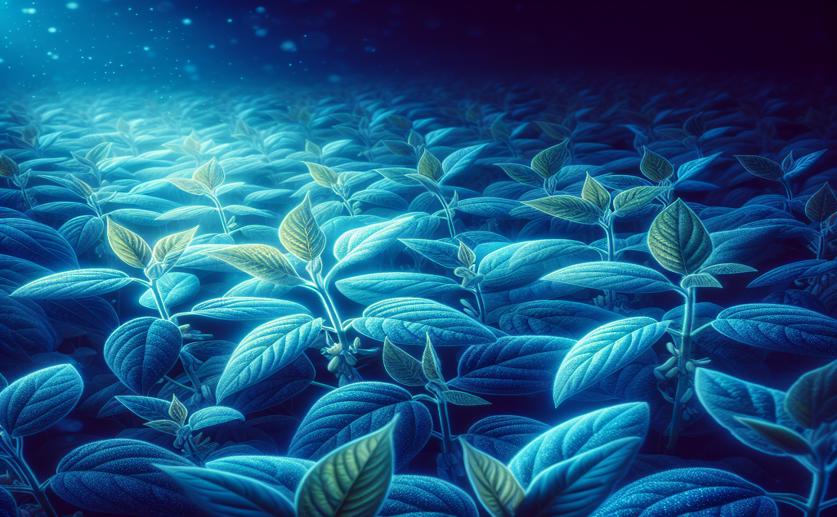
How Low Blue Light Speeds Up Leaf Aging in Soybeans via GmCRY1s Mechanism
David Palenski
28th January, 2024

Image Source: Natural Science News, 2024
AgricultureGeneticsPlant Science
References
Main Study
1) The mechanism of low blue light-induced leaf senescence mediated by GmCRY1s in soybean.
Published 27th January, 2024
https://doi.org/10.1038/s41467-024-45086-5



 24th January, 2024 | Jenn Hoskins
24th January, 2024 | Jenn Hoskins